|
The (Cold and) Windy City Chicago's famous football team, the Bears, was not named for the polar variety, but I came to this city to share about my Arctic expedition— a story of polar bears and sea ice! I was selected to deliver a workshop at the National Science Teachers Association (NSTA) conference along with two other Grosvenor Teacher Fellows, Mrs. Bugg from North Carolina and Mr. Szymanski from right here in Chicago. We wanted to let teachers know about this amazing National Geographic/Lindblad Expeditions fellowship that brings teachers on voyages of discovery all over the world.
In Dr. Shubin's talk, and Your Inner Fish, he also tells the story of his research team's 2004 discovery in the Canadian Arctic of Tiktaalik roseae, a 375 million year old fossil fish that has both fish and amphibian traits. Thus, Tiktaalik is an important transitional fossil between fish and tetrapods (creatures walking on land). In delivering his address, Dr. Shubin emphasized that science is a collaborative endeavor; that is, scientists work together to conduct investigations and solve problems. Though now based at the University of Chicago, Dr. Shubin had also served as Provost of Chicago's Field Museum of Natural History. I planned to visit this museum before I left Chicago.
Our Presentation This morning, about 30 teachers attended our session, and they were a very enthusiastic audience! Our talk was entitled "Exploring Global Regions and Resources with National Geographic." Mrs. Bugg, Mr. Szymanski, and I had all taken different voyages aboard the National Geographic Explorer through our fellowship: Mrs. Bugg journeyed through the Canadian Maritimes, Mr. Syzmanski got to explore Antarctica, and I, of course, was cruising through Arctic Svalbard. Our talk introduced the Grosvenor Teacher Fellowship and described our particular voyages using expedition photos. We emphasized the importance of imparting geo-literacy to students; that is, an awareness of global interactions, interconnections, and implications. So, we tried to describe how our adventures enriched our own geo-literacy of the regions we explored and how it impacted our teaching. Expeditionary learning can be incredibly powerful!
Soon I would be actually traveling back to Hawai'i. I have learned a lot, but I am anxious to get back home to the warm weather and my wonderful Star of the Sea 'ohana. Aloha Chicago!
Encouraging all STEM Learners Early this fall, I was contacted by one of the organizers of the Science Symposium for Girls here in Honolulu. She had seen me on the local news talking about my Arctic expedition as a Grosvenor Teacher Fellow, and she asked if I would be willing to present about the Arctic at this year's symposium. I could not pass up the opportunity to work with 5th-8th grade girls from island schools in the 2015 Science Symposium for Girls. The symposium, now in its 21st year, is presented by Sacred Hearts Academy in partnership with Bank of Hawaii Foundation. Females are often discouraged from STEM (Science, Technology, Engineering, and Math) subjects in school and are still underrepresented in potentially lucrative STEM careers. But why? While inherent gender differences have been ruled out by science, multiple environmental and social barriers influence the complex issue of female participation and achievement in STEM subjects. According to current research, these factors include persistent gender-bias about traditional male and female fields, a fixed mindset rather than a growth mindset for intelligence, lack of spatial skills training for girls, and a lack of confidence and feeling of isolation for girls in STEM subjects. My Symposium Workshop I believe events like the symposium can not only boost girls' confidence in STEM but also help them develop relevant skills. Moreover, girls interested in STEM gain a sense of community through collaborative work. If we are going to increase our nation’s STEM participation and achievement, we need to support all learners! Therefore, I was honored to be invited to participate in today's symposium. As a featured presenter, I delivered a workshop to two different groups of 20 girls. For my workshops, I decided to focus on sharing about my Arctic expedition with a Prezi for the first half of the session and use to second half for an ice inquiry investigation. First, I introduced how I was able to travel to the Arctic through a teacher fellowship through National Geographic and Lindblad Expeditions. Next, I defined the Arctic region and pointed out some facts about Svalbard, the land of the Ice Bears. I shared the Arctic scenery and wildlife through my expedition photos. In my talk, I told the story of how the polar bear depends on sea ice for survival. These top predators rely on the sea ice in order to hunt seals. However, I explained to the girls that like the polar bear, our planet also depends on sea ice. One reason we need sea ice is critical habitat for Arctic wildlife, from crustaceans to seabirds to walrus to the iconic polar bear. Also, our ice-covered polar regions reflect much of the incoming solar radiation, regulating global climate. In addition, sea ice plays an important role in the ocean conveyor belt, the global transport of seawater. Next came the hands-on part of the session! The ice inquiry allowed the girls to practice making predictions and then collecting data while investigating if an ice cube (dyed with blue food coloring so water is easier to observe) melts faster in fresh or salt water. We then discussed how temperature and salinity each affect density and related the concepts to the ocean conveyor belt. The girls in each session asked a lot of thoughtful questions about the Arctic and were really engaged in the lab portion as well. It was an awesome day of learning!
|
AuthorThis blog contains occasional dispatches from my science classroom and professional learning experiences. Thank you for reading! Archives
December 2021
|
|
Cristina Veresan
Science Educator |
Proudly powered by Weebly
|

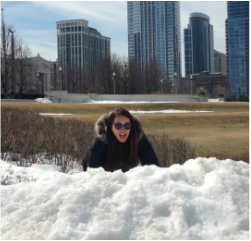
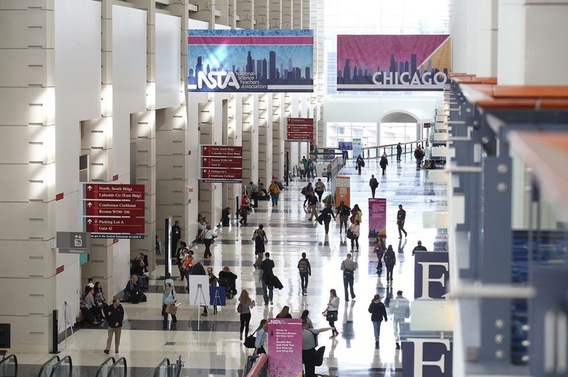

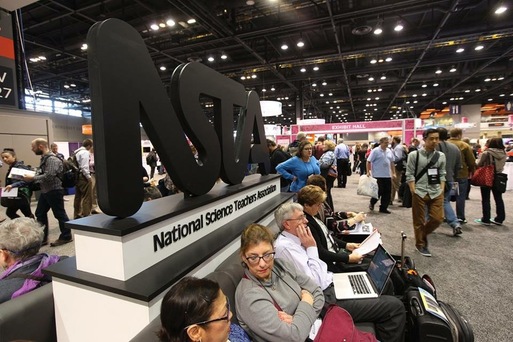
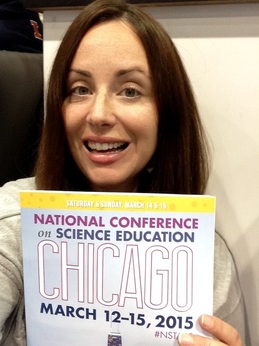

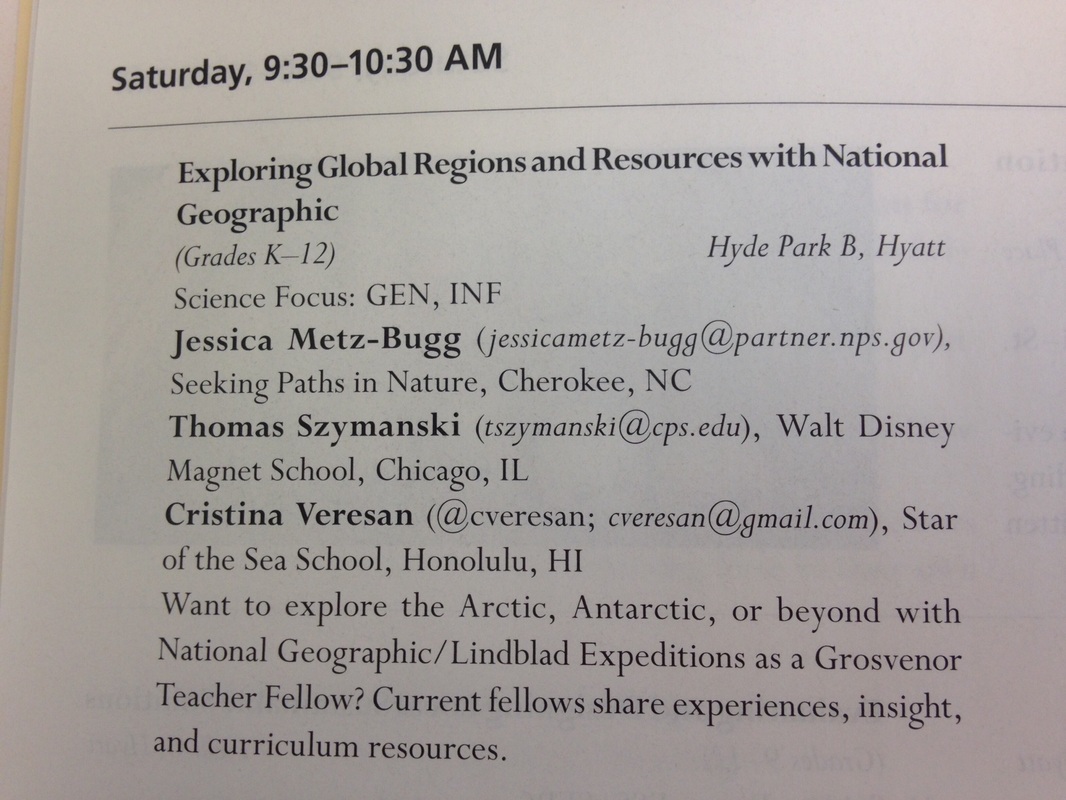
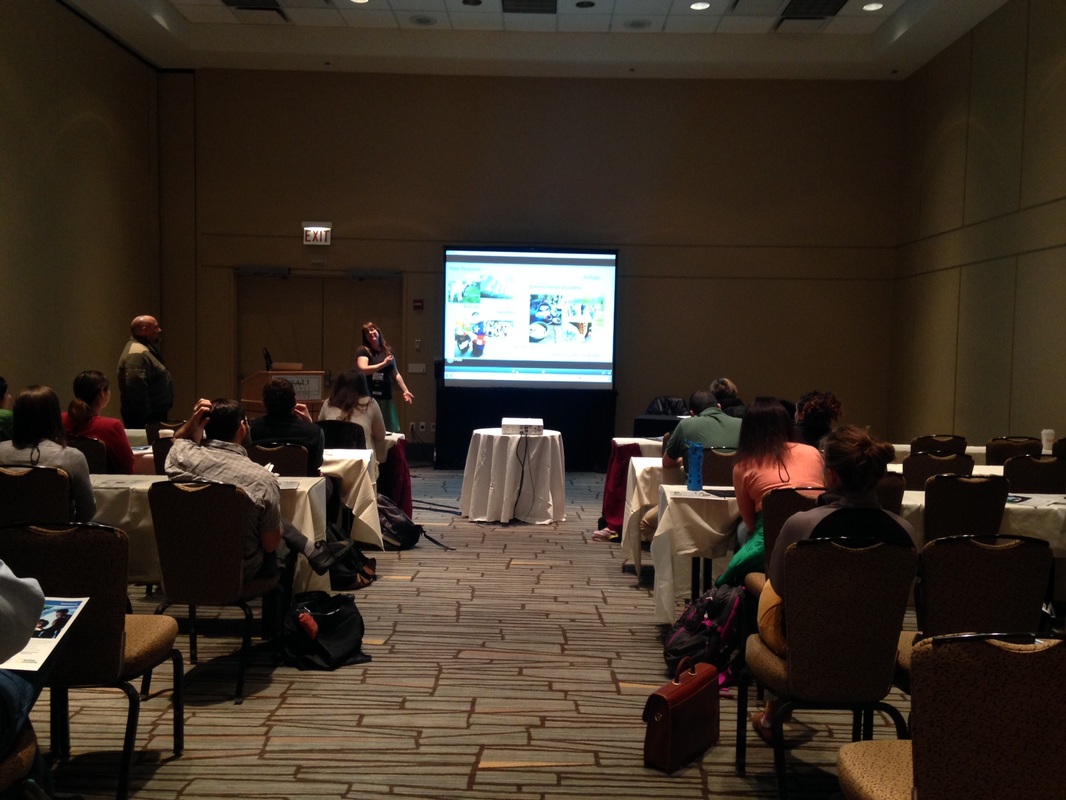
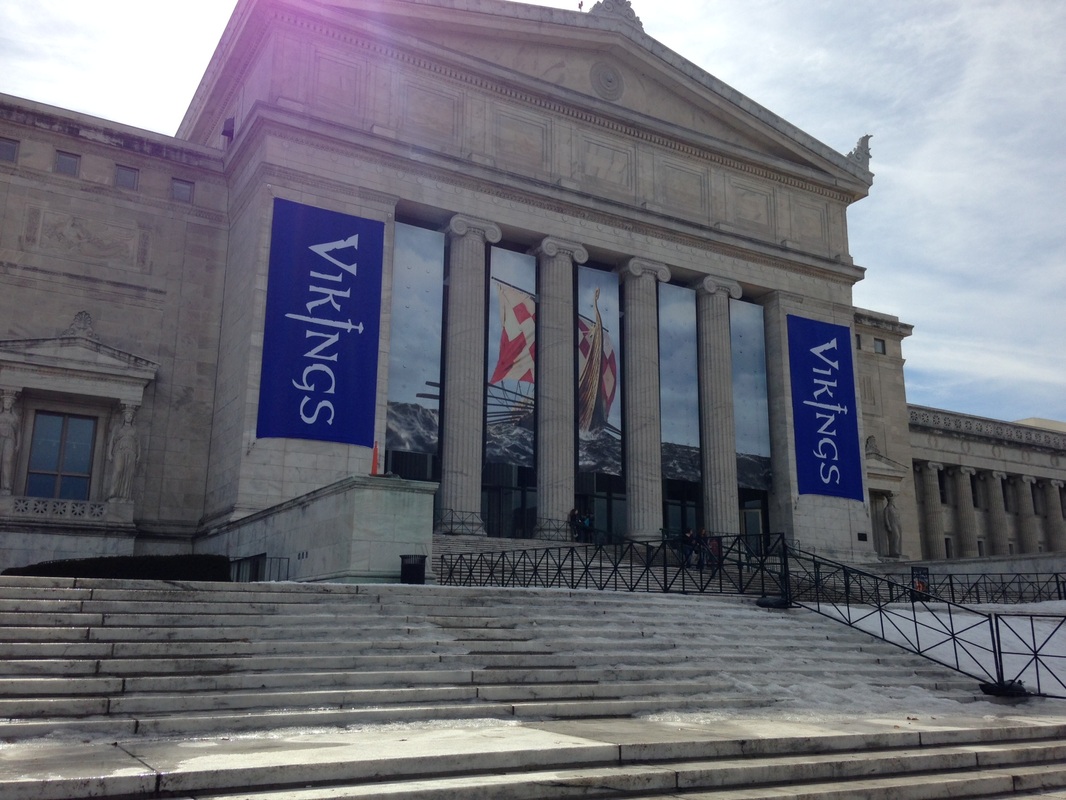

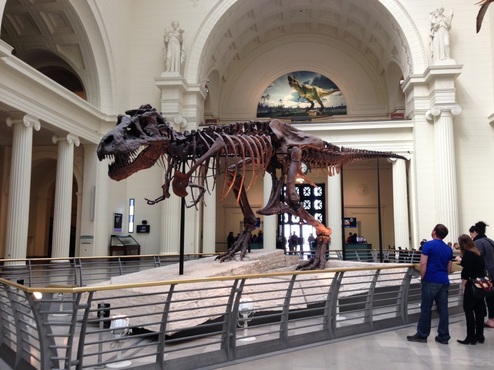

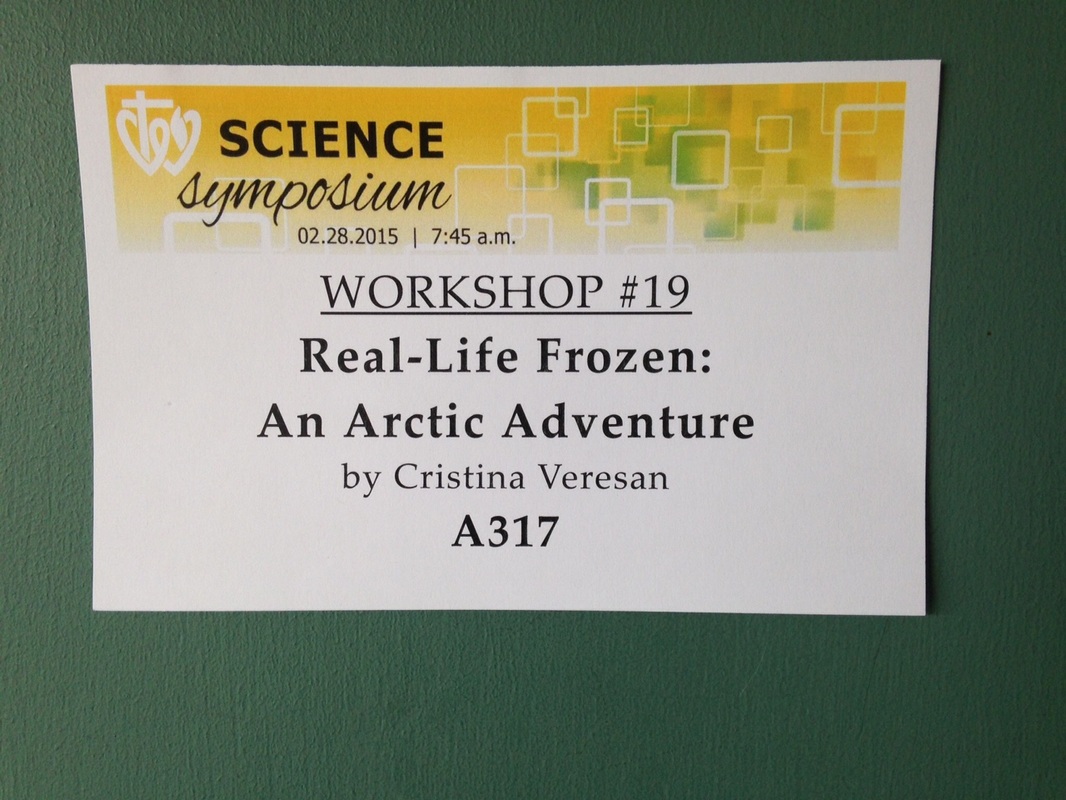
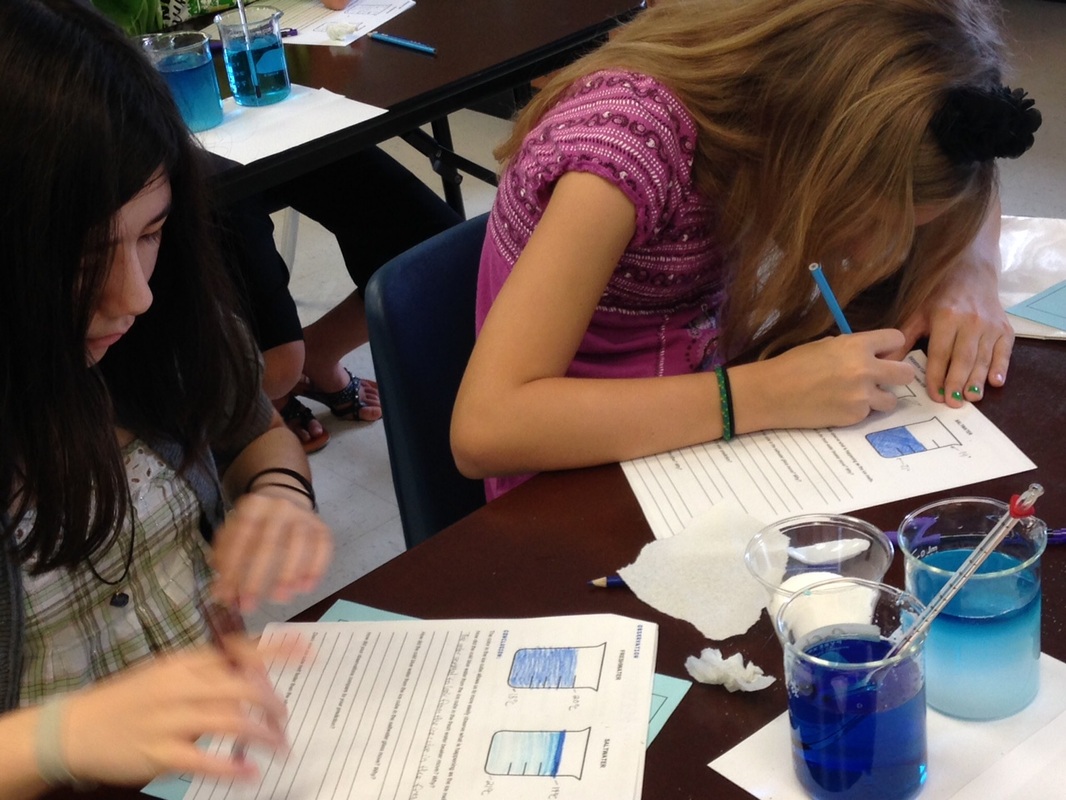
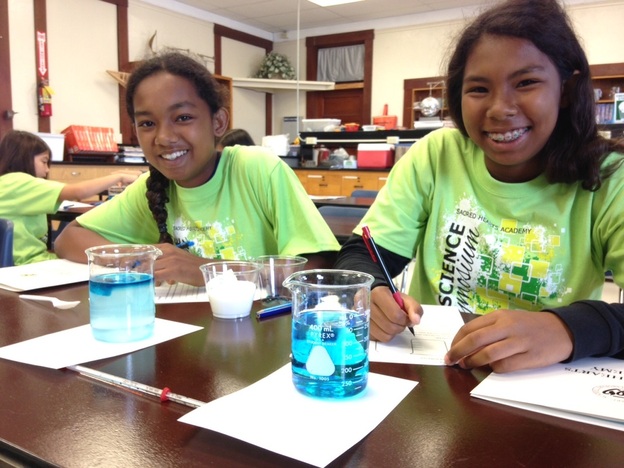
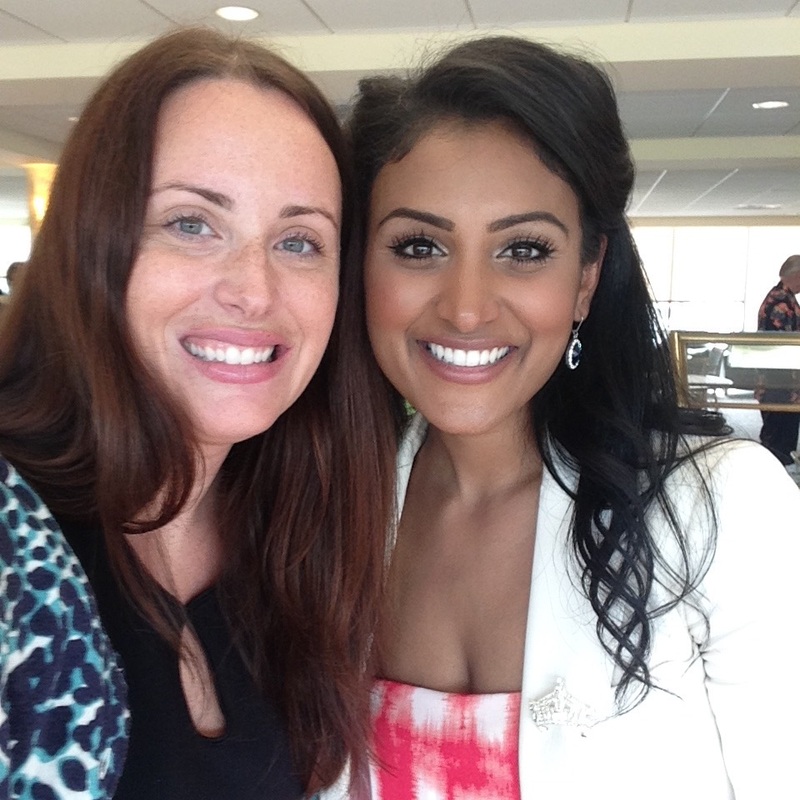

 RSS Feed
RSS Feed